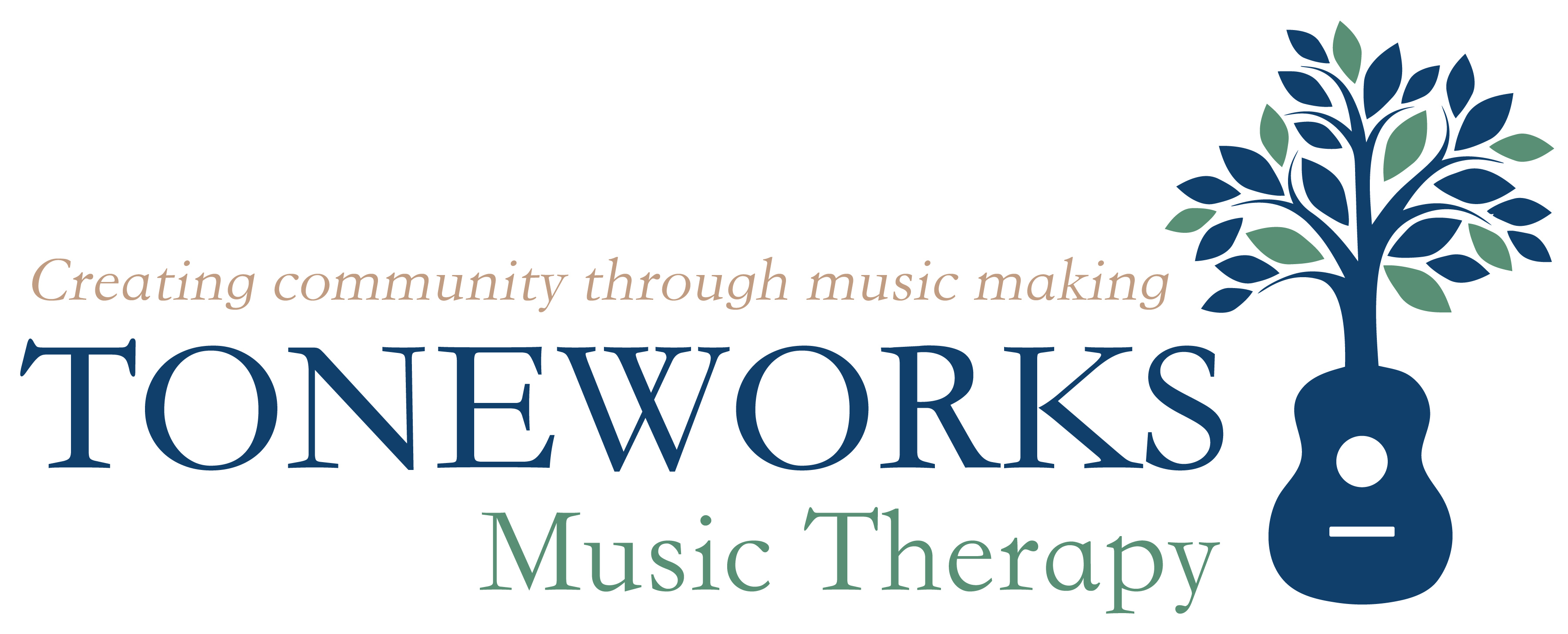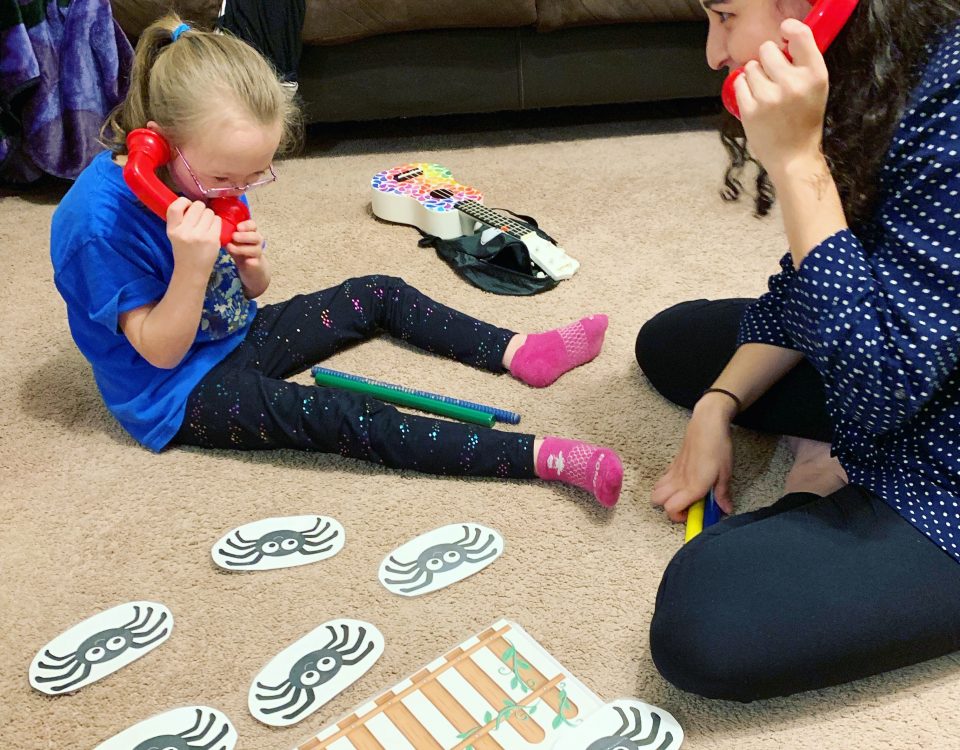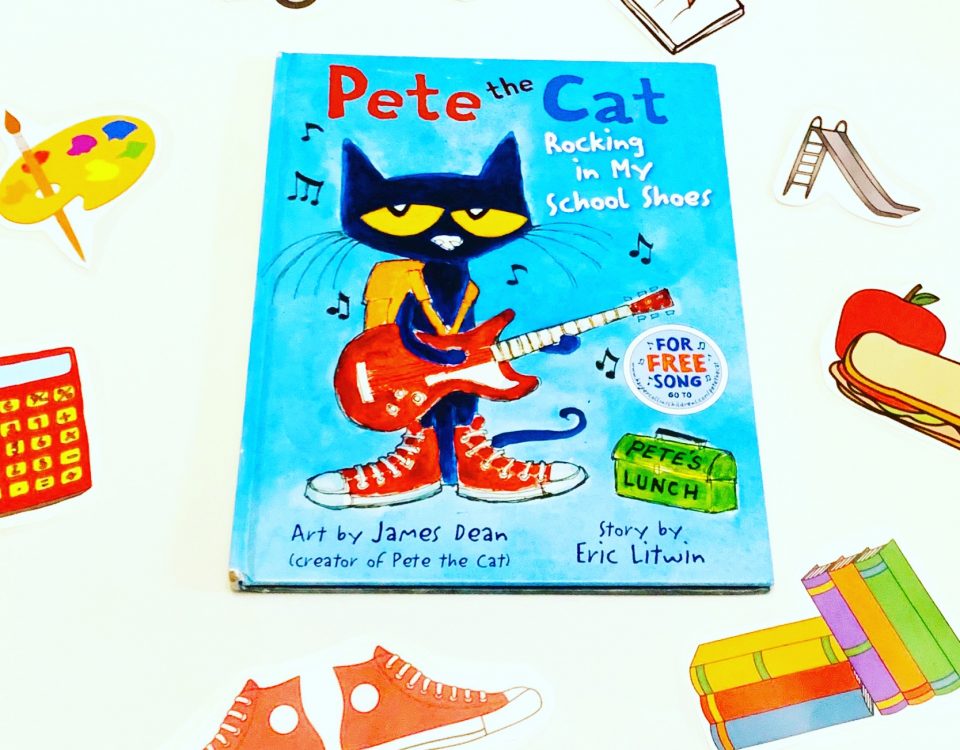
Celebrating Autism Awareness Month: Sesame Street and Autism
March 28, 2017
The Easiest DIY Ever: Ocean Drum Tutorial
April 11, 2017If you haven’t heard yet, April is Autism Awareness/Acceptance Month! It’s spring break at many of our schools this week, and we have a break from many of our classroom music therapy groups. That makes this week a wonderful time to reflect what we’ve been reading and discussing lately. We love the opportunity to learn and understand new perspectives. Here are six of our current favorites, all written for or by people with Autism Spectrum Disorder.
Loud Hands: Autistic People, Speaking 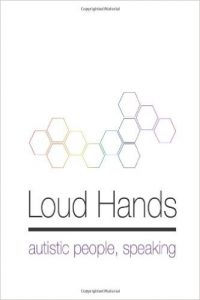 A project of the Autistic Self Advocacy Network, this collection of essays was written by and for Autistic people. Spanning all the way from the beginning of the Neurodiversity movement to more current blog posts, Loud Hands: Autistic People, Speaking catalogues the experiences of the Autistic community through both personal narratives and the through the community’s foundational documents together side by side.
A project of the Autistic Self Advocacy Network, this collection of essays was written by and for Autistic people. Spanning all the way from the beginning of the Neurodiversity movement to more current blog posts, Loud Hands: Autistic People, Speaking catalogues the experiences of the Autistic community through both personal narratives and the through the community’s foundational documents together side by side.
Look Me in the Eye: My Life with Asperger’s, John Robinson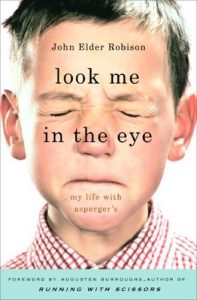
“Ever since he was young, John Robison longed to connect with other
people, but by the time he was a teenager, his odd habits—an inclination to blurt out non sequiturs, avoid eye contact, dismantle radios, and dig five-foot holes (and stick his younger brother, Augusten Burroughs, in them)—had earned him the label “social deviant.” It was not until he was forty that he was diagnosed with a form of autism called Asperger’s syndrome. That understanding transformed the way he saw himself—and the world.”
In his autobiography, Look Me in the Eye: My Life with Asperger’s, Robison humorously, and sometimes darkly, reflects on his life from childhood to building his own family.
And Straight on Till Morning: Essays on Autism Acceptance.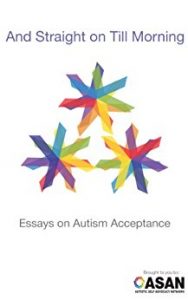
Created by the Autism Self Advocacy Network (ASAN) as part of their celebration of Autism Acceptance Month 2013. And Straight On Till Morning: Essays on Autism Acceptance is a collection of writings originally posted to their website, all building on their tagline for Autism Acceptance Month, “Acceptance is an action.” ASAN has an ongoing campaign to shift the theme April from autism awareness toward about autism acceptance. The authors of these essays are people with Autism and allies, all of whom write about the need for moving beyond awareness and toward acceptance and what acceptance looks like as a practice.
The Reason I Jump, Naoki Higashida
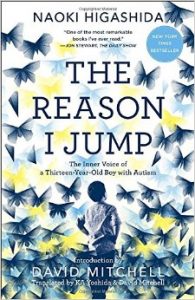
Written by Naoki Higashida, a highly intelligent and self-aware thirteen-year-old boy with autism, this memoir demonstrates how a mind with autism thinks, feels, perceives, and responds. Parents and family members who never thought they could get inside the head of their loved one with autism can find an example of the curious, subtle, and complex life within this young man.
The Curious Incident of the Dog in the Night-Time, Mark Haddon
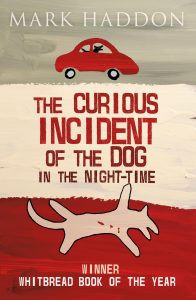
This book tells the story of 15-year-old Christopher, who has an extraordinary brain: He is exceptional at mathematics but ill-equipped to interpret everyday life. Christopher has never ventured alone past the end of his road, he can’t stand being touched, and he is extremely distrustful of strangers. Now it is 7 minutes after midnight, and Christopher stands beside his neighbor’s dead dog, Wellington, who has been speared with a garden fork. Finding himself under suspicion, Christopher is determined to solve the mystery of who murdered Wellington, and he carefully records each fact of the crime. But his detective work, forbidden by his father, takes him on a thrilling journey that upturns his world.
Mark Haddon weaves a thrilling and beautiful story about a young man with distinct characteristics and behaviors we all know and recognize, but he never once mentions the word Autism. Over the course of the novel, Christopher shows a growing desire for independence, and through much of the story we watch as he gains the confidence to assert himself.
NeuroTribes, Steve Silberman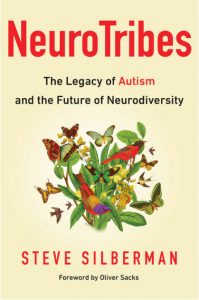
WIRED reporter Steve Silberman’s heavily researched and investigative book, NeuroTribes delves into the history of autism. The readers learns about the clinicians who became famous for discovering it, and the information they may have suppressed from the public eye. Going back all the way to the earliest days of autism research and chronicling the brave and lonely journey of people with autism and their families through the decades, Silberman maps out a path toward a more humane world in which people with learning differences have access to the resources they need to live happy, healthy, and secure lives.
What are your favorite books by and for people with Autism? Did we miss any? Let us know!
